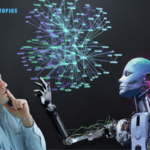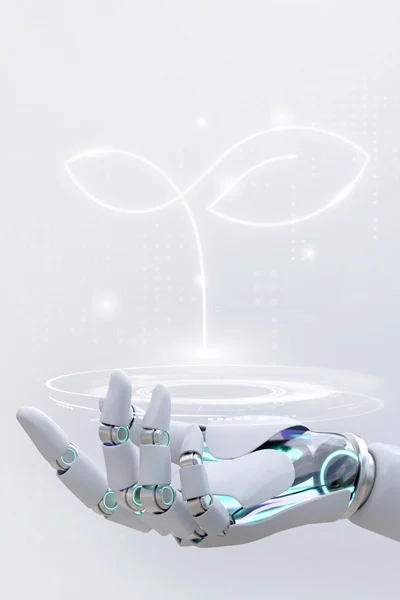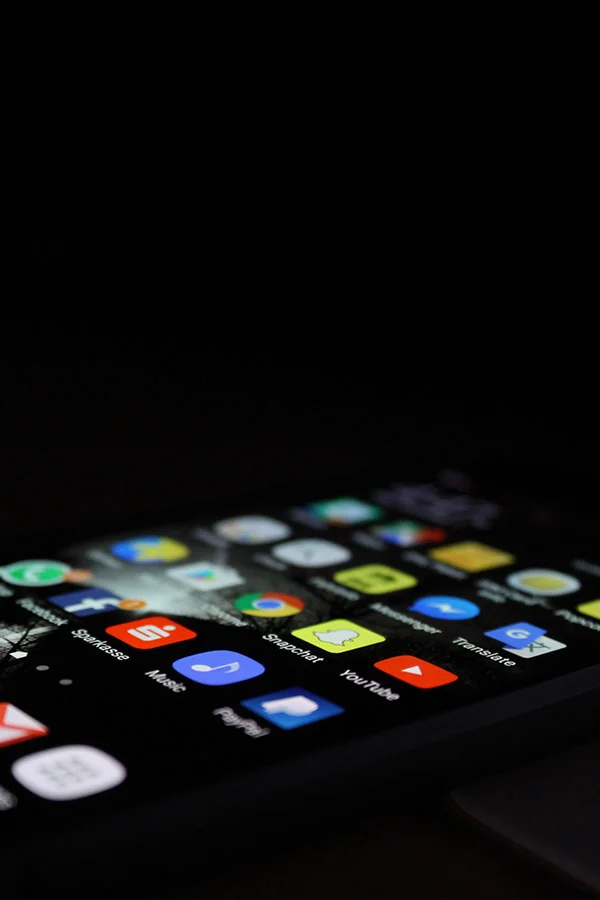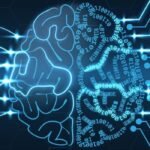Welcome to the age of AI render, where technology and creativity unite to redefine visual narratives and design in 2024. Artificial intelligence render tools are not mere tools; they are partners, unlocking new potentials for creators of all backgrounds. From overcoming creative challenges to promoting eco-friendly practices, these tools are moulding a future where design is not merely competent but also deeply personal and comprehensive. Join us on an expedition through the transformative effect of AI depiction, where the synergy among human instinct and artificial intelligence is making a collaborative setting that pushes the limitations of imagination.
The Rise of AI Software
Artificial intelligence render tools have become the backbone of up-to-date visual storytelling and design. These tools influence AI to spawn stunning visuals with unmatched realism and efficiency. Whether you are a graphic designer, a filmmaker, or a content creator, artificial intelligence and artificial intelligence render tools give a spectrum of once unimaginable potentials.
Redefining Visual RealismBreaking Creative Barriers
AI rendering can create visuals that surpass the limitations of reality. Artificial intelligence tools can produce complex details, lifelike textures, and nuanced lighting for an unparalleled visual experience. This realism opens doors for more captivating storytelling and design across various industries.
Artificial intelligence render technology is democratizing creativity by breaking down conventional barriers. You don’t need to be a professional graphic designer or a skilled artist to generate high-quality visuals. Artificial intelligence render tools authorize people with partial design experience to bring their ideas to life naturally. This democratization of creativity promotes a more inclusive and varied scenario for storytellers and designers.
Streamlining the Design Process Enhancing Collaboration
Time is the soul of the creative world, and artificial intelligence renders tools to recognize that. These tools considerably lessen the time and effort necessary for design projects. Automating repetitive tasks, generating quick drafts, and refining details with accuracy – AI technology smoothens the design process, allowing creators to emphasize more on the conceptual aspects of their work.
In a world that values group effort, AI render tools act as a catalyst for teamwork. Designers and storytellers can effortlessly collaborate, sharing project files and ideas in a digital space boosted by artificial intelligence rendering. This two-way environment nurtures innovation and allows for the integration of varied perspectives, resulting in richer and more dynamic visual narratives.
Bridging Gaps in Storytelling
Stories have the power to join people across cultures and borders. AI render plays a crucial role in bridging gaps in storytelling by contributing a universal language of visuals. With the ability to produce culturally different and inclusive visuals, AI render tools add to a globalized narrative that resonates with audiences worldwide.
Future Possibilities & Overcoming Creative Challenges
As we witness the transformative effect of artificial intelligence rendering in 2024, the future holds even more thrilling possibilities. The ongoing advancements in artificial intelligence technology promise to push the limitations of creativity further, blurring the lines between the virtual and the real. From virtual reality experiences to AI-generated characters, the journey of AI technology is only just starting.
Traditional design processes often come with creative challenges that can delay idea inflow. Artificial intelligence render tools function as problem solvers, helping creators overcome hurdles by presenting suggestions, generating alternatives, and giving inspiration. This dynamic partnership between human instinct and artificial intelligence assistance results in more pioneering and refined designs.
Personalization in Visual Narratives
AI render technology is not merely about efficiency; it’s also about personalization. These tools can adjust to everyone’s preferences, learning from previous projects and user connections. This personalization aspect makes sure that the visual narratives created, resonate with the distinctive style and vision of each designer, promoting a sense of ownership and authenticity in their job.
Eco-Friendly Design Practices, Accessibility and Inclusivity
In a time where environmental sustainability is a main concern, artificial intelligence render tools add to eco-friendly design practices. By advancing resources and minimizing the need for physical prototypes, these tools reduce the environmental effect of the creative procedure. This transfer towards sustainable design lines up with the global push for more environmentally aware practices in all industries.
Artificial intelligence render technology is playing a fundamental role in crafting designs more handy and comprehensive. Design tools with automation and user-friendly interfaces empower people from diverse backgrounds to collaborate creatively. This democratizes design and promotes a richer creative landscape.
Real-time iterations and feedback
Gone are the times of trusting those lengthy periods to see the outcomes of design iterations. Artificial intelligence render tools allow real-time feedback, allowing designers to make quick adjustments and improve their efforts. This iterative process boosts the overall quality of designs, as creators can modify details and experiment with various elements on the fly.
Integration with Emerging Technologies
Artificial intelligence rendering is effortlessly integrating with other evolving technologies, forming synergies that increase creative possibilities. Augmented reality (AR) and virtual reality (VR) experiences powered by artificial intelligence render technology are becoming more widespread, providing immersive and interactive storytelling platforms. The connection of artificial intelligence rendering with these technologies opens the door to completely new dimensions of creativity and engagement.
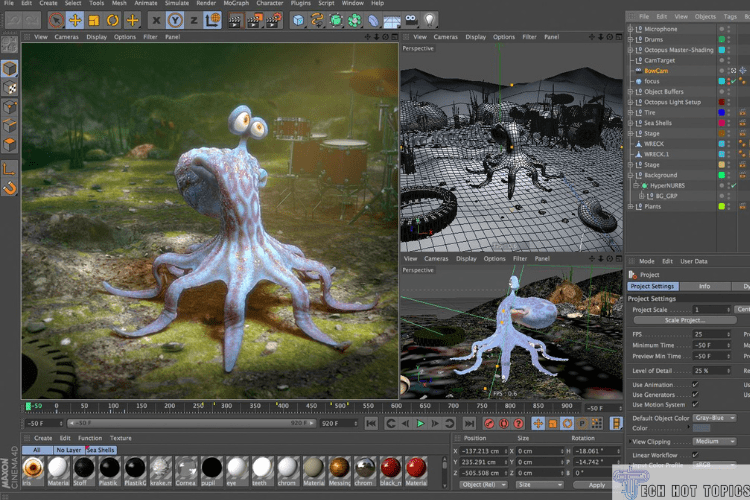
Ethical Considerations Computer-generated Imagery (CGI) Tools
While artificial intelligence render technology brings enormous benefits, it also raises ethical considerations. Problems such as partiality in algorithms and the ethical use of Artificial Intelligence-generated content demand vigilant attention. As we accept the power of system rendering, it’s critical to set up ethical guidelines and practices that ensure responsible and inclusive creative procedures.
Continuous Learning and Adaptation
The dynamic nature of artificial intelligence render technology means that it is in a continuous state of development. These tools constantly learn and adjust, incorporating user feedback and staying up-to-date on evolving trends. This adaptability makes sure that the latest features and capabilities are always accessible to creators, maintaining their work at the forefront of creative innovation.
The Human Touch in AI-Enhanced Creativity
Amidst all the technological advancements, it’s significant to highlight the human touch in creative endeavours being irreplaceable. Artificial intelligence render tools are not here to replace its designers but to boost their tendencies. The collaboration between human creativity and AI assistance results in a harmonious mix, where the strengths add to the creation of visually stunning and emotionally resonant stories and designs.
A Collaborative Future
As we reflect on the transformative effect of system rendering in 2024, one thing is obvious – the future of visual storytelling and design is mutual. The synergy among human imagination and artificial intelligence abilities is a thrilling frontier, and the journey ahead promises a scenario where creativity knows no boundaries. Accepting the mutual potential of artificial intelligence renders technology opens the door to infinite potential, inviting creators to board on a journey of innovation and imagination.
Conclusion
Artificial intelligence rendering technology is changing the creative landscape, creating stories and designs more reachable, sustainable, and engaging. As we steer this developing journey, the collaboration between human creativity and artificial intelligence abilities opens the door to infinite possibilities. The future promises a pleasant blend where the powers of both contribute to a visual story that is not only better but also more complete and environmentally mindful. Accepting this transformative power makes sure that the creative horizon continues to enlarge, motivating innovation and imagination for generations to come.
FAQs
How does artificial intelligence mould visual communication?
Artificial intelligence renders redefine visual communication, seamlessly blending realism and efficiency without a glitch. They modernize design processes, boost collaboration, and bridge cultural gaps. As an outcome, artificial intelligence renders are moulding visual communication by making it more active, inclusive, and efficient for dissimilar audiences.
How do artificial intelligence render tools contribute to breaking down creative barriers?
Artificial intelligence render tools break down creative obstacles by offering intuitive assistance, generating alternatives, and rousing creators. They empower people with various skill sets, making high-quality design accessible and nurturing innovation across different levels of proficiency.
What role does artificial intelligence rendering play in overcoming traditional design challenges?
Artificial intelligence rendering acts as a problem-solving supporter in design by providing suggestions, creating alternatives, and helping in overcoming traditional challenges. Its dynamic partnership with creators boosts innovation and refines designs more competently.



